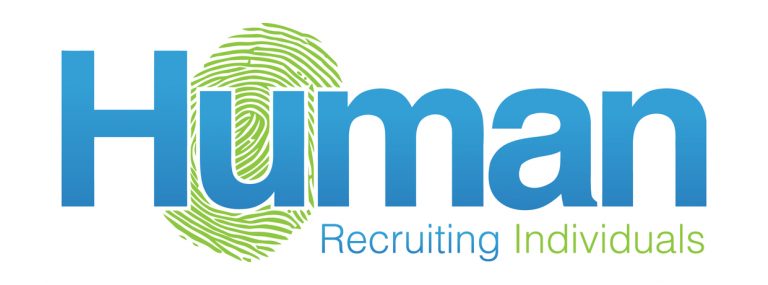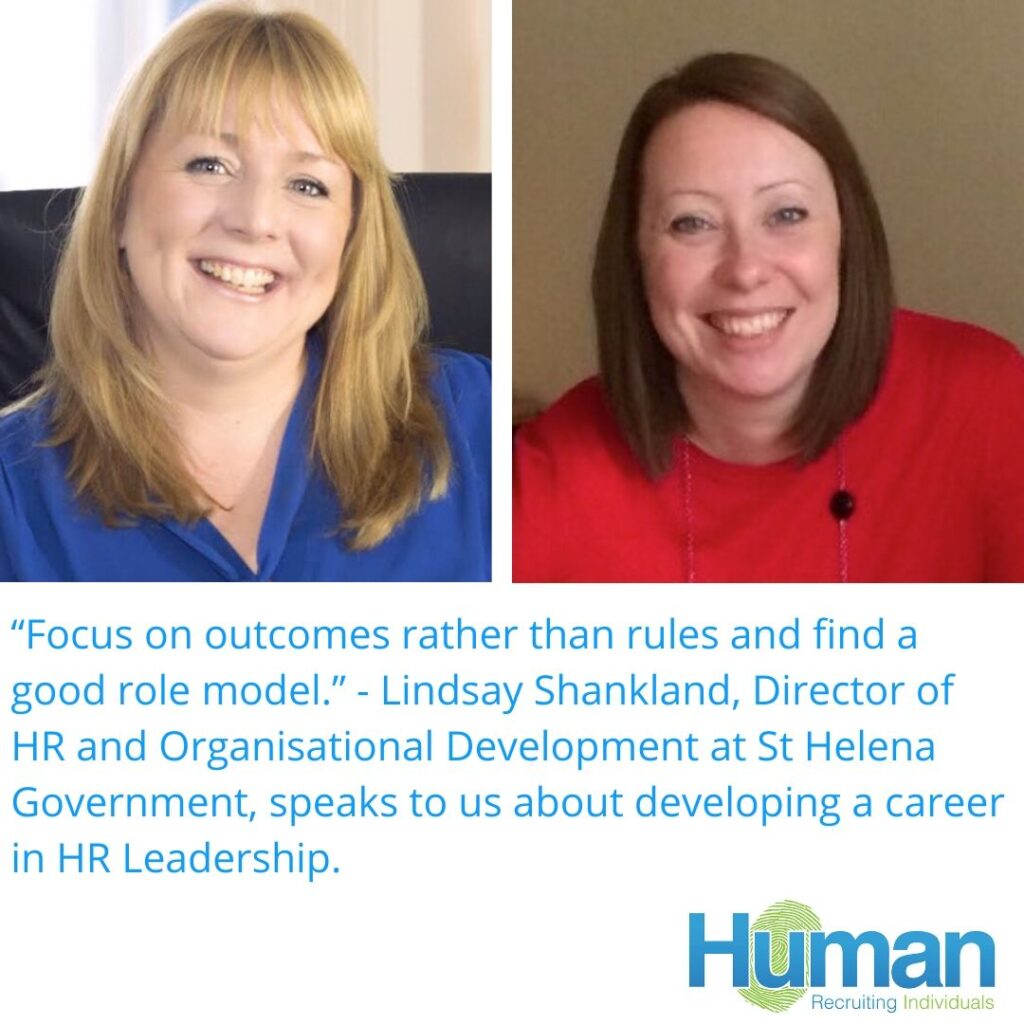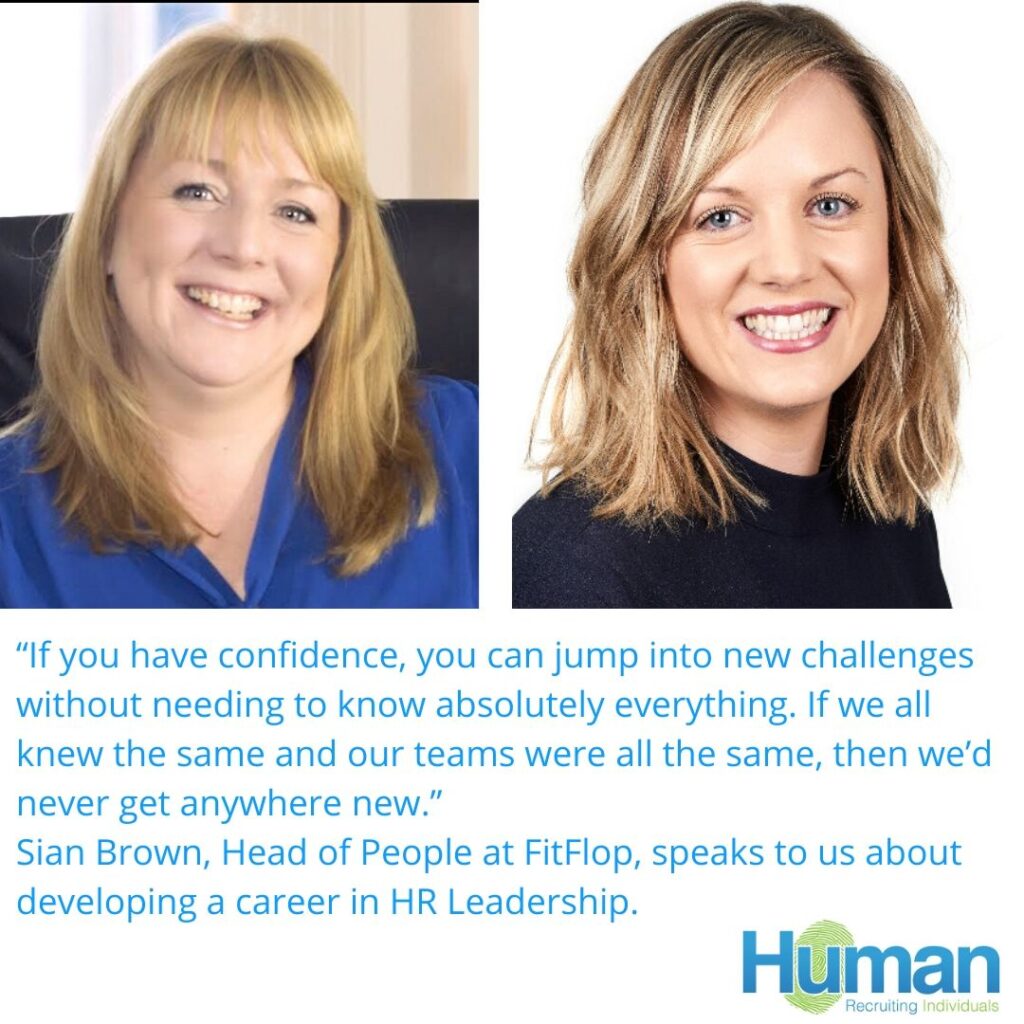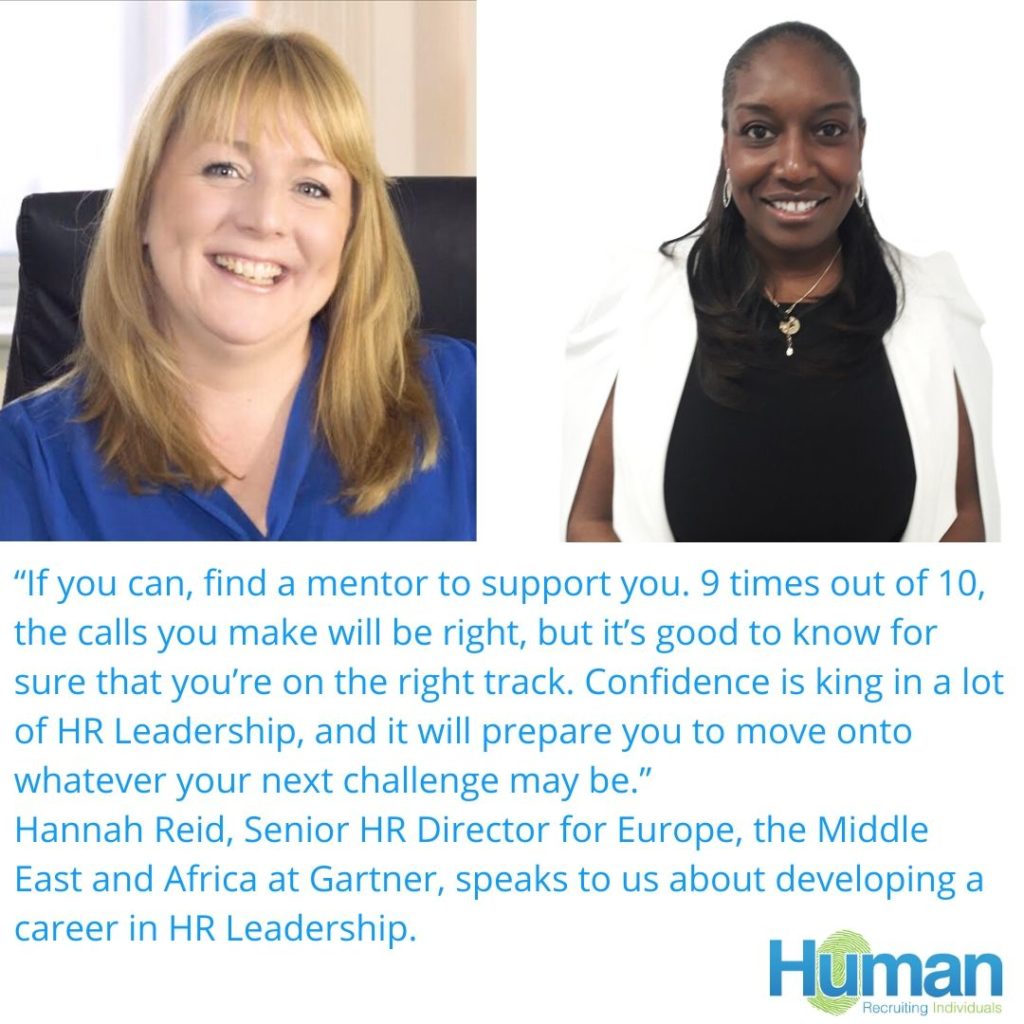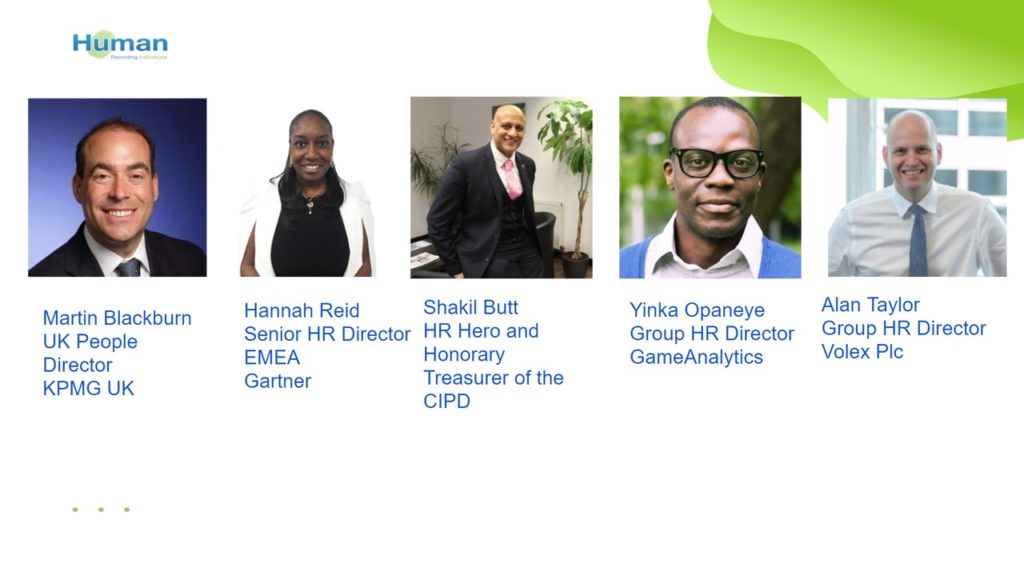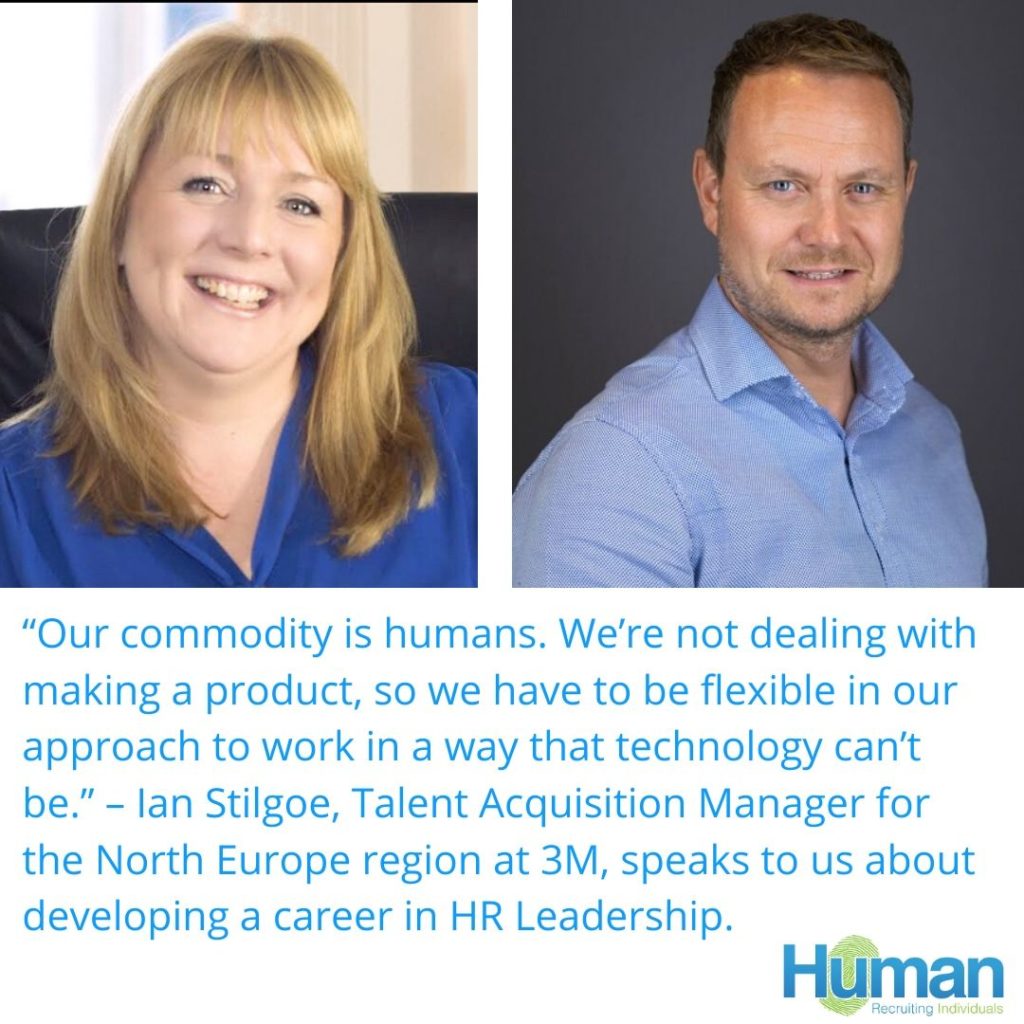Developing a career in HR Leadership: Interview with Lindsay Shankland
“Focus on outcomes rather than rules and find a good role model.” – Lindsay Shankland, Director of HR and Organisational Development at St Helena Government, speaks to us about developing a career in HR Leadership. As part of our commitment to supporting candidates to develop fulfilling careers, we’ve invited some HR Leaders to share the secrets of their success. This week, we had a great conversation with Lindsay Shankland, Director of HR and Organisational Development at St Helena Government, who began her career as HR Administrator at Essex Police. Lindsay’s career has included roles such as Senior HR Advisor at London Borough of Havering, Deputy Director Of Human Resources at Essex County Fire and Rescue Service and Director of Human Resources at Norfolk and Suffolk Police. How did you get into HR? I actually studied Geology at University after being inspired by a brilliant teacher at A-Level, but while I enjoyed it I realised I wasn’t science minded enough to make it a career. Throughout my studies I’d always worked part-time at NEXT, and not knowing what I did want to do when I graduated I just started working there full-time. I was quickly promoted and as part of taking on a management role I attended my first leadership development course. I really enjoyed the course, in particular exploring leadership theories and the psychology of work, and that lit a spark in me that has remained. I am endlessly fascinated by people, relationship dynamics and the psychology of work. Moving into HR was a natural step and even after 16 years of working in HR and Organisational Development I haven’t lost my passion and enjoy seeing the difference good HR can make to individuals and organisations. My HR career started in a recruitment consultant role, from there I saw a role advertised for an HR Administrator with Essex Police and that started me on my journey. Working my way up the ‘HR ladder’ gave me some solid foundations in HR practice, and I’ve had the good fortune to work with and learn from some amazing people along the way. I don’t prescribe to the mantra that if you like people you should go into HR, because you will see the best but also the worst in people, but I do believe that if you are interested in human behaviour, have social and emotional intelligence, are creative in thinking but recognise the need to have a good understanding of employment law, you’ll succeed. It is important to understand HR policy in the context of the employment law that drives it and I do worry when I meet HR professionals who don’t understand the law, and the intention of the law, that sits beyond our policies. That said, I have found that people who really like rules can find HR quite difficult as whilst there are some absolutes there are also so many shades of grey when it comes to what is reasonable. I think as a profession we should be focussed on outcomes and solutions within the frameworks we work within and at times that requires a great deal of creativity. What key themes do you think HR is facing at the moment? I think recent events have challenged the thinking about what is possible, and changed attitudes and mind-sets about some of our traditional working practices. Looking out at the world I’ll be coming back to at the end of my contract on St Helena there will be some big differences in terms of the way we work. Having a more flexible and dispersed workforce presents opportunity for HR and Business Leaders but requires a focus on building trust, engagement, loyalty, team cohesiveness and motivation in a more virtual world. Some people will thrive working more remotely but others will miss the energy of being with peers and colleagues. We are also operating with much more uncertainty than ever before and attempting to manage the economic impacts of a global pandemic, so there is a fundamental role for HR to play in supporting our organisations to find their way in responding, recovering and succeeding during such uncertain times. For St Helena our remoteness is actually what’s protecting us at the moment and at the time of talking we remain Covid free. Currently the internet on island can be slow and very expensive, but the Equiano Subsea Cable Project is bringing us closer to fibre optic connectivity, meaning the connection will become much more reliable and less expensive over time. The potential opportunities this brings for how our employees across Government can work and learn is huge; from remote working to tele-medicine it will have the ability to make available a wider pool of knowledge, skill and resource we can more easily tap into, and we will definitely benefit from the work taking place now in relation to the move to more virtual teams and the rapid shift in training providers moving from traditional classroom or face-to-face learning to online content and virtual classrooms. What career advice would you offer someone looking to follow in your footsteps? There is no substitute for hard work, you have to be prepared to put yourself forward and take on work that will challenge you while helping you learn your craft. The more you learn about the business you work within and read widely about the sector it operates in the more you can contribute and the more successful you will be. Get out and about in your organisation, you can never underestimate how much staff and managers appreciate seeing the HR team take an interest in what they do, it helps you understand the issues and you can get to do some really fun things! I’ve spent the day on shift at fire stations, undertaken basic fire training, spent a Friday night on a public order shift in Norwich town centre and I recently got to spend the day out on the boats here on St Helena with our Sea Rescue Team. You will
Developing a career in HR Leadership: Interview with Lindsay Shankland Read More »
